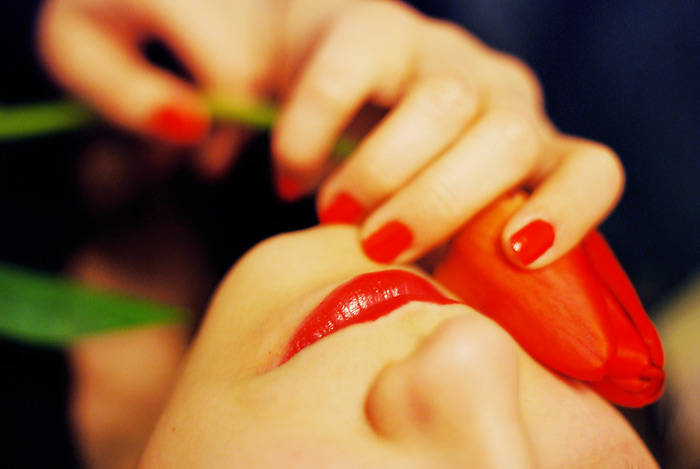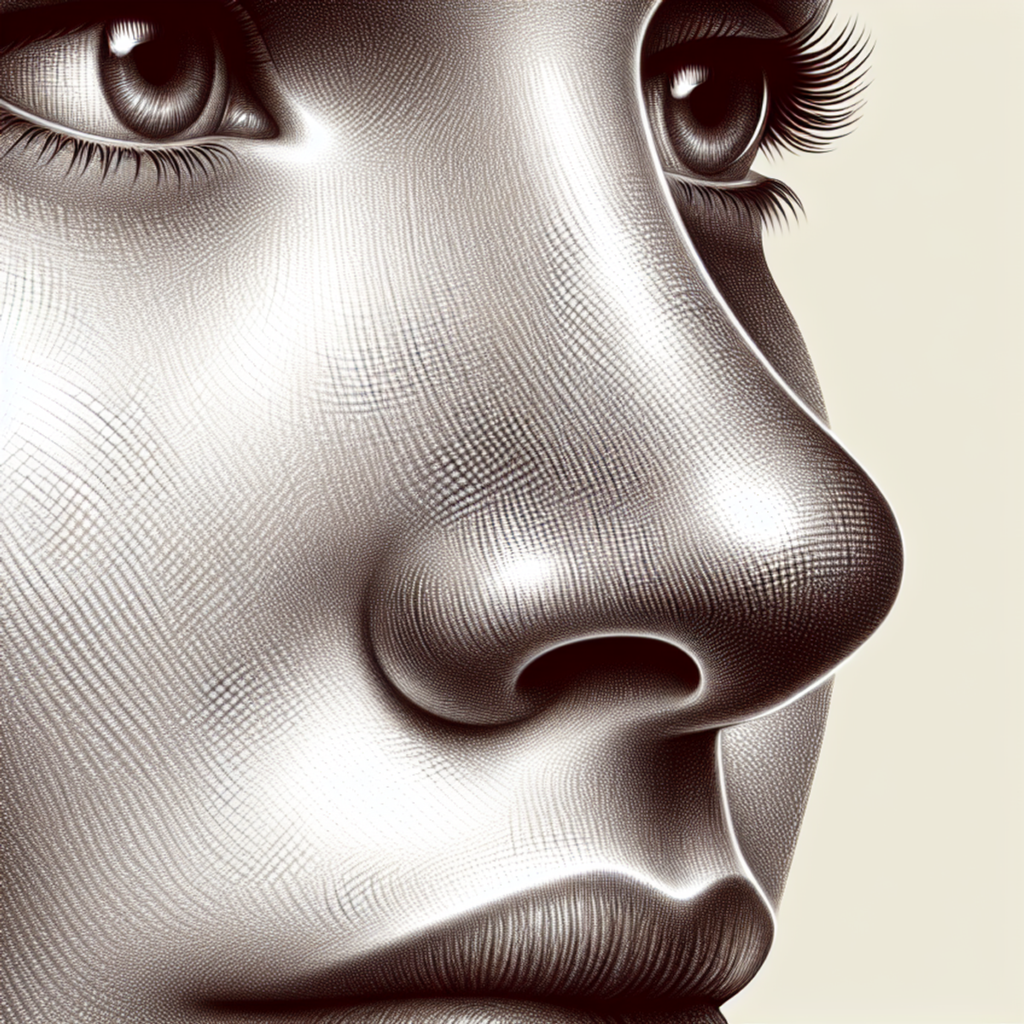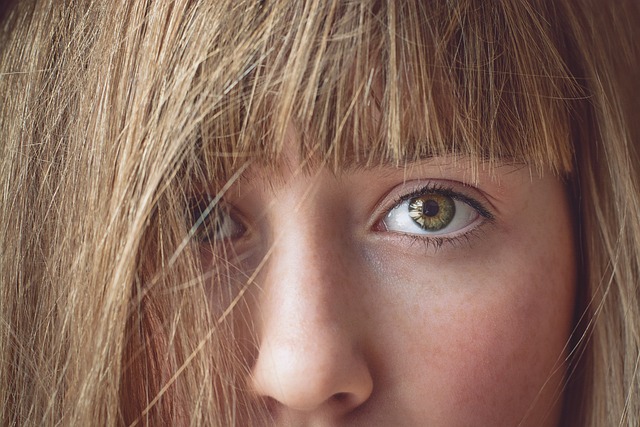The descent of the tip of the nose after rhinoplasty can be both a variant of the norm and an aesthetic complication of surgical correction it all depends on at what stage of recovery after rhinoplasty this aesthetic disadvantage is observed. You will learn about these and other problems of nose aesthetics from the proposed publication.
The tip of the nose is a small anatomical formation, even if compared with other parts of the face if compared with parts of the body, the size at all seems tiny. However, sometimes it gives a person a lot of problems. People pay special attention to the aesthetics of the most visible part of the face, and the slightest aesthetic defect can cause serious psychological discomfort.
In some patients who turn to plastic surgeons, there are no objective disadvantages of the tip. It looks proportional, symmetric, not wide and not narrow, harmoniously fits into the General features of the face. In such cases, the solution to the problem should be sought in the field of psychology, not on the surgical table.
Surgical intervention can bring the desired result if there is objective evidence for it. If the nose is deformed after an injury, if the tip has shifted down against the background of age processes, if it is asymmetric, bifurcated or thickened, you can safely contact a surgeon who specializes in rhinoplasty. Below are the main indications for operative correction:
- Forked tip of the nose
- Incrassate
- Narrowed
- Omitted
- Asymmetric
- Curved
- Deformed
- Upturned
How should we assess the situation when the tip of the nose fell after rhinoplasty? Or when he seems strung up?
Are these changes a normal response to surgery or a complication of the operation? Should I be concerned, or is it better to wait quietly, until all will be restored naturally?
Depends on how long it’s been since the surgery. If less than 6 months have passed, it is too early to talk about any complications of an aesthetic nature. The cause of the problem may be swelling of the tissues, which persists for a long time. The restoration of the nasal skeleton structures continues for about a year. From 3 to 6 months is spent on the consolidation of cartilaginous and bone elements, and another six months is required for the final formation of new contours.
During the recovery phase, the tip of the nose often appears to be upturned or downturned. Accordingly, some patients wonder when it will fall, while others cannot wait for the tip to rise to its normal position. In both cases, you should be patient. The form will change within 12 months after rhinoplasty, and in some cases longer.
If the tip of the nose looks lowered or upturned a year or a half after plastic surgery, it is legitimate to talk about an aesthetic complication. It is possible to correct the mistakes of a plastic surgeon, but this requires repeated rhinoplasty.
Features of rhinoplasty and nasal tip drooping
The tip of the nose is complex and multifaceted. Surgery, associated with any aesthetic or functional adjustments in its structures, requires the surgeon’s utmost responsibility, care, and accuracy. Achieve stable quality changes only those who perform the operation jeweler. That’s why rhinoplasty should be done by a very experienced surgeon!
From the appearance of the nose depends on the holistic perception of the person’s face. Professionals believe that a beautiful face nasolabial angle varies in the range from 90° to 120°. In men, this angle averages 95°, and in women 105°.
For the shape and size of the tip of the nose meet the lower lateral cartilage.
If the upper triangular lateral cartilage is a rather rigid structure with the nasal bone, the lower lateral cartilage is fixed by soft tissues and ligaments that is why the tip of our nose is so mobile!
With age, the ligaments weaken, the tissues fall, so the older the person-the lower the tip of the nose.
Correct rhinoplasty without consequences for the tip of the nose
During surgery, regardless of the method of operation closed or open rhinoplasty, there is a violation of the integrity of the tissues that hold the lower cartilage, even if they are not touched. And if the rhinoplasty separately corrected the tip of the nose-the shape and position of the lateral cartilage, in any case, you cannot leave them without fixing! If you do not strengthen the tip of the nose during rhinoplasty, then perhaps in 5 years it will hang over the lip!
Only a rigid structure created by the surgeon in an open operation, where the tip is assembled on a special graft from your own septum cartilage, firmly sewn to your own septum and the back of the nose, can give a durable result. It is to this graft that the lower lateral cartilages are sutured.



